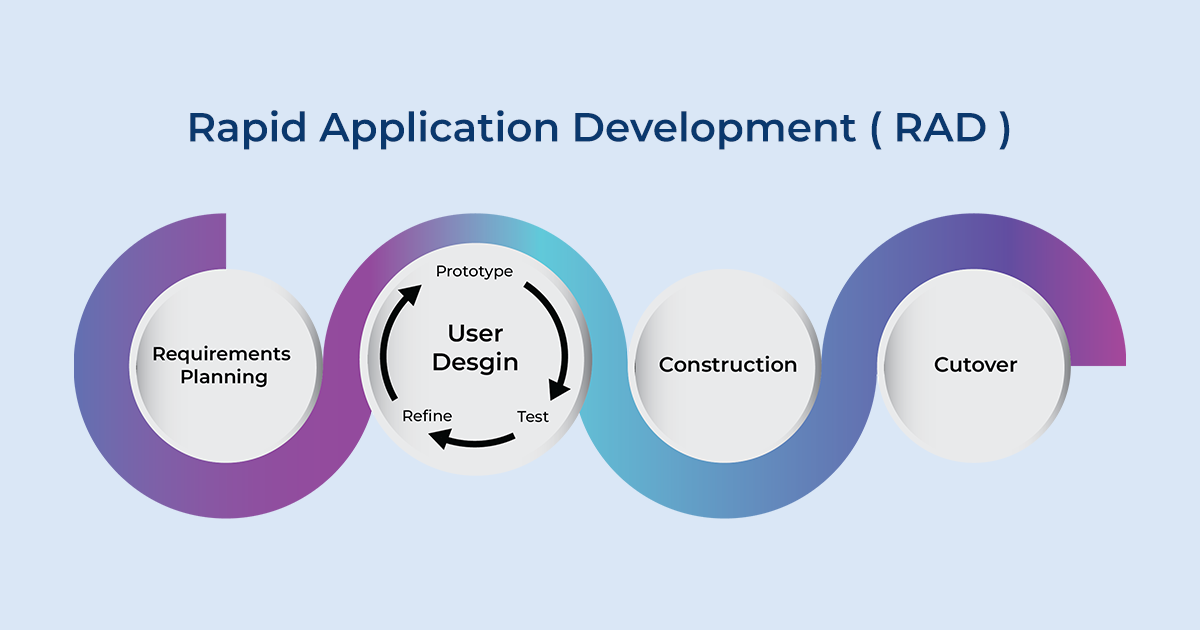New Age Approaches to Developing Product MVPs

In the past, developing product MVPs was a slow and expensive process. Teams would need to spend months or even years coding and debugging their products before they could launch them to market. This made it difficult for startups to validate their ideas quickly and iterate on their products based on user feedback.
However, new approaches to developing MVPs are emerging that are making it faster, cheaper, and easier to get products to market. These approaches leverage low-code/no-code tools, AI, and other technologies to help teams build MVPs that are more lightweight and agile.
One of the key benefits of these new approaches is that they allow teams to focus on the most important aspects of their products first. For example, instead of spending months building a complex backend system, teams can use a low-code/no-code platform to quickly build a simple MVP that allows them to test their core value proposition with users.
Another benefit of these new approaches is that they make it easier for teams to iterate on their products based on user feedback. Once an MVP is launched, teams can use analytics and user surveys to get feedback on what users like and dislike about the product. This feedback can then be used to make changes to the product and improve it over time.
Here are some specific examples of how new approaches to developing MVPs are being used by startups today:
- Retool: Retool is a low-code platform that allows teams to build web applications without writing any code. This makes it easy for teams to quickly build MVPs for products such as chatbots, customer support portals, and internal dashboards.
- GPT-3: GPT-3 is a large language model that can be used to generate code, scripts, and other text-based content. This makes it possible for teams to use AI to generate MVPs for products such as landing pages, marketing copy, and product descriptions.
- Twilio: Twilio is a cloud communications platform that allows teams to build communication-enabled products such as SMS messaging apps, voice calling apps, and video conferencing apps. This makes it easy for teams to quickly build MVPs for products that require communication functionality.
These are just a few examples of how new approaches to developing MVPs are being used by startups today. As these technologies continue to mature, we can expect to see even more innovative and efficient ways to build MVPs in the future.
If you are a startup founder, I encourage you to explore these new approaches to developing MVPs. By doing so, you can get your products to market faster, cheaper, and with less risk.